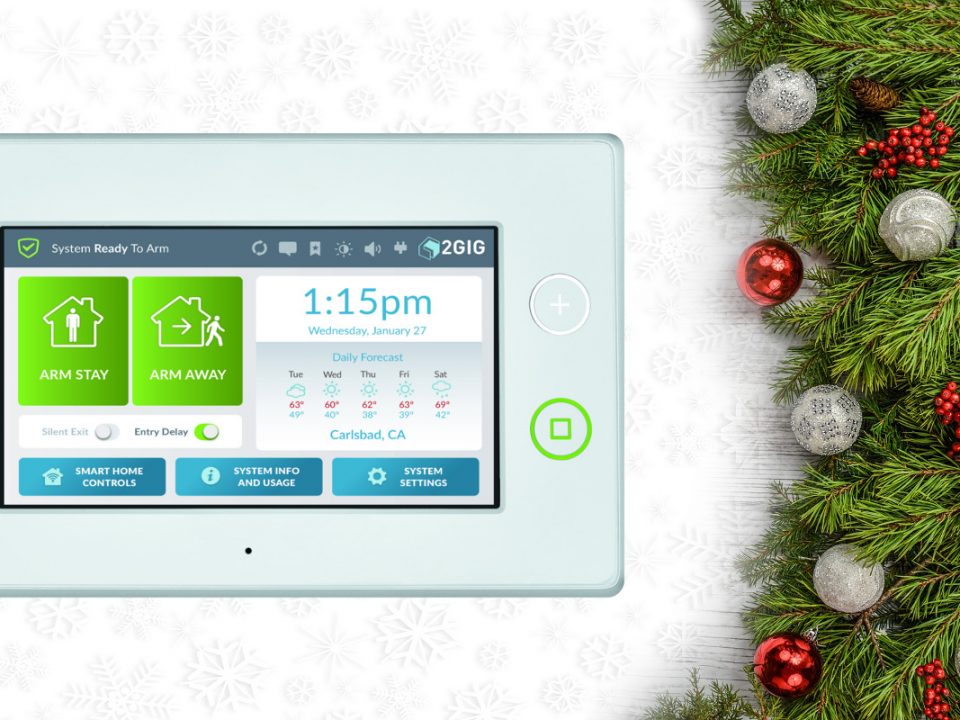What Everyone Ought To Know About Their Home Security System
“Layers of Defense”. This term can be used to best describe how your home security system equipment works. From your door locks to your electronic alarm system, each layer has its own function in protecting your loved ones and property from would-be intruders.
Basic Security Layer
The simplest layer of defense starts with the basics – door and window locks, gate and garage door locks (if necessary), and bright exterior lights. Though often overlooked, these security measures are your first layer of protection in stopping – or at least slowing down – burglars, so be sure to account for these things when reviewing your home security.
Advanced Security Layer
While the basic layer of protection will help slow down criminals, the advanced security layer drastically increases your chances of stopping intruders. This layer includes an electronic security system for your home. This system is made up of the following parts:
1. Alarm Control Panel
2. Security Keypad
3. Door and Window Sensors
4. Motion Detectors and Glass Break Detectors
5. Indoor/Outdoor Alarm Siren
Your electronic alarm system begins and ends with the control panel. Think of this part as the brain or the nerve center for your system. The panel is responsible for taking in signals from the external sensors and detectors and then sounding the alarm (and/or calling to the local authorities if your alarm system is being monitored) .
The keypad is there acting as your interface to the security system. Via the keypad, you can tell the system mode to be “armed” (for instance, if you are leaving your house), “disarmed” (system is completely off so that you can leave/enter your house anytime), and “home” (this tells the system to be armed, but will keep the motion detectors inside off so that you can still move around without tripping the system – the door and window sensors will still be on so opening one of those will set your system off in this mode).
The final parts of the system represent your “silent watchers”. The door and window sensors, motion and glass break detectors are there to sense any kind of signal of a home intrusion. Door and window sensors notify your system if a window or door is forced open.
A way around these sensors is to break the glass in a window so not to trip window opening contact sensors. This is where your glass break detectors come into play. These sensors are specifically designed to pick up any kind of sound that is similar to that of glass breaking.
Finally, should the intruder slip into your home undetected by this point (which would be unlikely) the motion detectors in your system are there to detect and alert the alarm control panel if there is any movement in a given coverage area.
Advanced (+) Security Layer
By adding a security camera system to your basic and advanced security layers, you will get the added bonus of capturing an intruder’s identity and assist in capturing the criminal so they won’t have the opportunity to invade your house or others ever again.
Another bonus of installing security cameras is the ability to watch your home from almost anywhere in the world via the internet! Most security camera systems have online portal or web application (including iPhone, iPad and other mobile device applications) that allow you to securely watch your home from remotely.
Home Security Starts With You
All of these systems are incredibly reliable and greatly increase your home and family’s protection, but it’s important to remember that it’s up to you to take the initiative to effectively use these systems on a daily basis. After all, if you don’t arm your security system it won’t protect you! If you have any questions about your security system and its layers of defense, don’t be afraid to contact your home security system company to get the answers you need.



